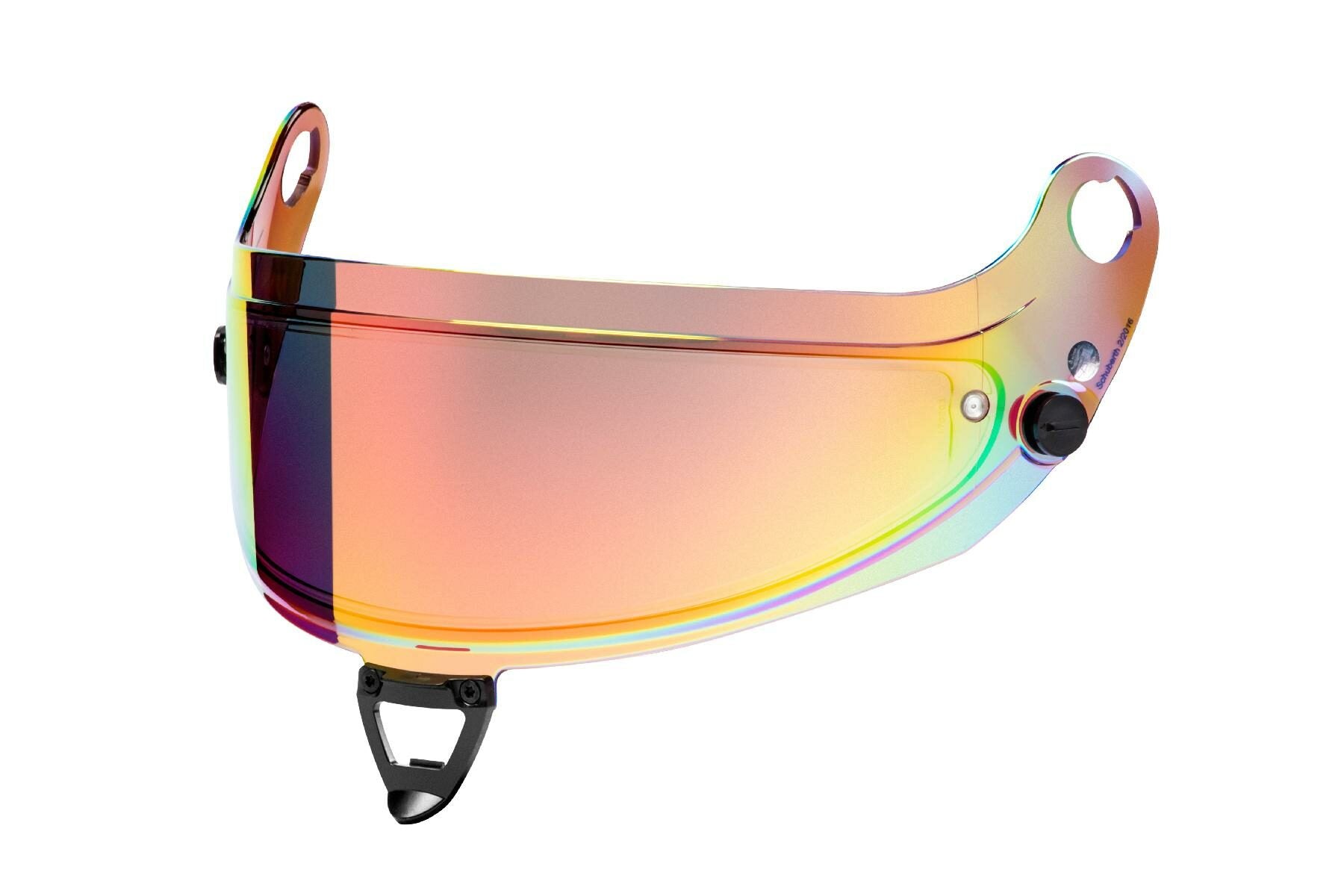What Is Schuberth?
Schuberth is a renowned German company specialising in the design and manufacturing of high-quality protective headgear. The company is particularly known for its expertise in creating innovative helmets, with a strong focus on safety, comfort, and performance. Schubert produces helmets for a variety of applications, including motorcycle riding, motorsports, industrial safety, and fire and rescue services. With a commitment to advanced technology, rigorous testing, and attention to detail, Schubert has established itself as a trusted brand among professionals and enthusiasts alike.
Schuberth Sp1 Carbon
The Schubert SP1 Carbon Motorsport helmet combines cutting-edge technology, exceptional safety features, and a lightweight carbon fibre shell. Its aerodynamic design ensures stability at high speeds. Meeting stringent safety standards, it has a multi-density EPS foam lining for superior protection. The ventilation system regulates temperature, while the antifog coated adjustable visor provides clear visibility. The helmet can be equipped with a communication system for seamless integration with radios. The SP1 Carbon is a high-performance choice for motorsport professionals and enthusiasts, offering uncompromising protection and performance.
Schubert Sf4 FIA 8860 Carbon Helmet
The Schubert SF4 FIA 8860 Carbon Helmet is an advanced design for professional motorsport. It meets the rigorous FIA 8860 safety standard and features a lightweight carbon fibre shell for maximum protection and reduced weight. The multi-layered carbon composite construction and EPS foam lining absorb impact energy effectively. The helmet's ventilation system ensures proper airflow, preventing overheating during races. The visor system provides clear visibility and is adjustable to suit individual preferences. The SF4 FIA 8860 Carbon Helmet is also compatible with communication systems, facilitating clear and seamless communication between racers and their teams. With its cutting-edge features and commitment to safety, Schubert delivers a high-performance helmet that meets the demands of professional motorsport. Schubert Sk1 Carbon Kart Helmet (CMR 2016) The SCHUBERT SK1 Carbon Kart (CMR 2016) is a high-quality and lightweight helmet designed for young karting racers. It meets the stringent CMR 2016 safety standard and features a carbon fibre shell construction for strength and reduced weight. The multi-density EPS foam lining provides optimal impact protection. The helmet's ventilation system ensures proper airflow and prevents overheating during races. The adjustable visor offers clear visibility and can be positioned according to preference. The SK1 Carbon Kart Helmet is a top choice for young karting enthusiasts, delivering safety, comfort, and performance on the track.Schubert Add-ons There are plenty of add-ons that you can purchase to improve the performance of your helmet to fit your specific needs.
Visors:
3 MM THICK VISOR 3D INJECTED Injected visor directly derived from F1 expertise. Twelve different visors available from transparent to dark with several mirroring and multi-layer mirroring coating options. All standard visors are Pinlock® 120 lens equipped for optimum fog-resistant performance. Tear-off buttons are also installed. 
Full Carbon Shell
An exclusive, autoclave cured, carbon fibre shell handcrafted to provide a unique helmet combining light weight, solid construction and superior safety in the iconic design. Every SP1 CARBON helmet is produced in our own factory in Italy, by the same Schubert hands that produce the masterpiece SF3 FIA 8860 – 2018 ABP helmets used by several F1 drivers.
All helmets have FIA Standards.
"If a crash like the one Felipe had happened now, he would've almost certainly escaped injury," Dall'Oglio assures. But to develop such a helmet, the FIA and suppliers needed almost 10 years since the Budapest crash.
Setting New Standards
The FIA changed the test conditions for the new-standard helmets. Now they have to withstand even higher loads when struck. During the tests, 8860:2018 ABP helmets have to deflect a wedge-shaped projectile weighing 225 grams, launched at 250km/h at the very same area where the spring struck Massa. And it's this test that proved the biggest challenge for manufacturers.

At the same time, the FIA lowered the maximum peak overload values. If before they had to stay below 300g, now the test is considered failed if the loads are above 275g. Also added was a low velocity test, for hits clocking in at 6 metres per second.
"Basically we were asked to give protection against ballistic test at 250 km/h, and at the same time have the same level of protection at 20 km/h," says Dall'Oglio. "And it's very complicated. Now you have to be prepared to absorb dramatic impacts at huge speeds, but the way to achieve it is 100 percent opposite to what you need for protecting from low velocity impact.
In simpler terms, new F1 helmets have to be durable enough to withstand a front strike of 250 km/h, but also elastic enough so that even at 6m/s the full energy of the hit isn’t transferred to the drivers’ head.
"In Italy we say: you want to get your wife drunk, while keeping the bottle full," Dall'Oglio says. "We could have made a metal helmet. It wouldn't be damaged during FIA tests. But in this case, the full energy of the impact goes into your brain."
Passing the Hardest Test
To pass homologation, manufacturers had to basically redesign their helmets. Schubert helmets passed, and we are proud of this.


